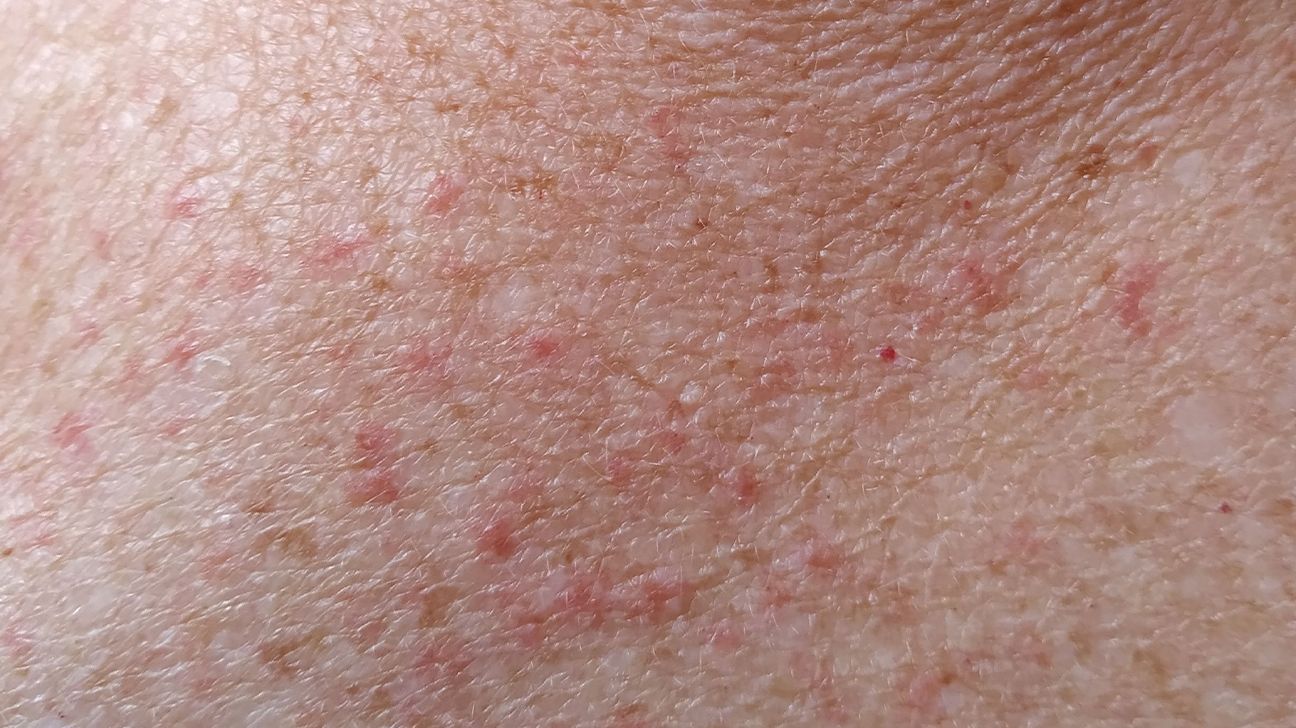
Understanding Adult Rashes: Causes and Treatments
Exploring the Causes:
Adults can experience rashes for a variety of reasons, ranging from allergic reactions to infections and underlying medical conditions. Common triggers include allergens such as certain foods, medications, or environmental factors like pollen or pet dander. Infections like fungal or bacterial overgrowth can also lead to rashes, as can chronic skin conditions like eczema or psoriasis.
Identifying Symptoms:
Recognizing the symptoms of a rash is the first step in addressing the issue effectively. Rashes can manifest as red, inflamed patches of skin, accompanied by itching, burning, or stinging sensations. Some rashes may also present with other symptoms such as swelling, blistering, or oozing of fluid. Identifying the specific symptoms can help pinpoint the cause of the rash and guide appropriate treatment.
Seeking Medical Evaluation:
While many rashes can be managed at home with over-the-counter remedies, some may require medical evaluation and treatment. If you experience a rash that is severe, persistent, or accompanied by other concerning symptoms such as fever or difficulty breathing, it’s essential to seek medical attention promptly. A healthcare professional can assess the rash, determine the underlying cause, and recommend appropriate treatment options.
Avoiding Triggers:
For individuals prone to rashes, avoiding known triggers is key to preventing flare-ups. This may involve identifying and eliminating allergens from your environment, such as switching to fragrance-free skincare products or avoiding certain foods known to trigger allergic reactions. Minimizing exposure to irritants like harsh chemicals or excessive heat can also help prevent rashes from occurring.
Maintaining Good Hygiene:
Practicing good hygiene habits can help prevent and manage rashes in adults. This includes regularly washing your hands with soap and water, especially after coming into contact with potential allergens or irritants. Showering daily and using gentle cleansers can help remove dirt, oil, and bacteria from the skin, reducing the risk of developing rashes or infections.
Using Topical Treatments:
Over-the-counter topical treatments can provide relief from itching and inflammation associated with rashes. Calamine lotion, hydrocortisone cream, or antihistamine creams can help soothe irritated skin and reduce redness and swelling. For more severe or persistent rashes, a healthcare professional may prescribe stronger topical medications or oral antihistamines to alleviate symptoms.
Applying Moisturizers:
Keeping the skin well-hydrated is essential for preventing and managing rashes. Moisturizers help maintain the skin’s natural barrier function, preventing moisture loss and protecting against environmental irritants. Opt for fragrance-free, hypoallergenic moisturizers and apply them liberally to affected areas of the skin, especially after bathing or showering, to lock in moisture and soothe dry, irritated skin.
Seeking Professional Treatment:
In some cases, rashes may require medical intervention to resolve underlying issues or prevent complications. A dermatologist can provide a comprehensive evaluation of the rash, perform diagnostic tests if necessary, and recommend appropriate treatment options. This may include prescription medications such as oral antibiotics for bacterial infections or topical steroids for inflammatory skin conditions.
Following a Healthy Lifestyle:
Maintaining a healthy lifestyle can support overall skin health and reduce the risk of developing rashes. Eating a balanced diet rich in fruits, vegetables, and whole grains provides essential nutrients that support skin function and repair. Staying hydrated by drinking plenty of water helps keep the skin hydrated from the inside out, while regular exercise promotes circulation and helps flush toxins from the body.
Monitoring for Recurrence:
Even after a rash has resolved, it’s essential to monitor for any signs of recurrence or new flare-ups. Pay attention to changes in your skin’s appearance or any unusual symptoms that may indicate a rash is returning. By staying vigilant and taking proactive steps to manage your skin health, you can minimize the risk of future rashes and maintain a healthy, radiant complexion. Read more about rashes in adults
